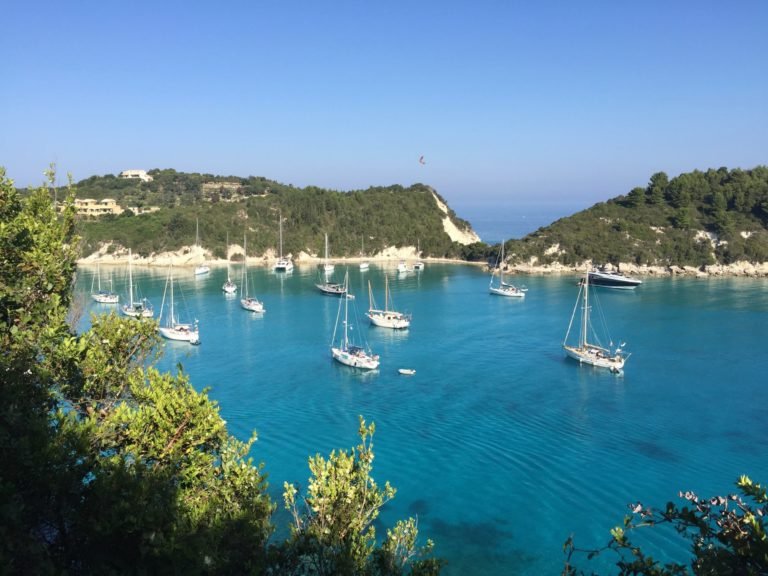A Short History of Fiscardo
Fiscardo, a picturesque village located on the northern tip of Kefalonia, one of the largest Ionian Islands in Greece, boasts a rich history that reflects the broader historical narratives of the region. This charming harbor town, known for its colorful Venetian-style houses and vibrant waterfront, has evolved through various epochs, each leaving an indelible mark on its cultural and architectural heritage.
The earliest traces of human settlement in the area date back to prehistoric times. Archaeological evidence suggests that Kefalonia, including the region around Fiscardo, was inhabited during the Paleolithic period. Over millennia, the island saw the rise and fall of numerous civilizations, including the Mycenaeans, whose influence spread across the Greek world during the late Bronze Age. The remnants of Mycenaean tombs discovered near Fiscardo underscore the area’s historical significance during this era.
During the classical period, Kefalonia played a strategic role in the Ionian Sea. The island was part of the Corinthian alliance and later fell under the influence of the Roman Empire. Roman occupation left significant archaeological footprints, including a well-preserved Roman grave complex in Fiscardo, indicating the village’s importance as a local hub during ancient times.
The Byzantine era followed the Roman period, marked by the construction of several churches and fortifications across Kefalonia. The island’s strategic location made it a target for various powers, including the Normans, who briefly controlled it in the 11th century. However, it was during the Venetian rule, beginning in the late 15th century, that Fiscardo began to develop its distinctive architectural character.
Venetian influence is evident in Fiscardo’s layout and buildings, which were constructed during the Republic of Venice’s control of the Ionian Islands. The Venetian period, lasting until the late 18th century, was a time of relative stability and prosperity for Kefalonia. Fiscardo, with its sheltered harbor, became an important trading and fishing port. Many of the pastel-colored houses with characteristic arched doorways and ornate balconies seen today date back to this period, showcasing Venetian architectural styles.
The fall of Venice in 1797 saw Kefalonia pass through a series of rulers, including the French and the British. The British Protectorate, established in 1815, brought infrastructure improvements and modernization efforts, some of which benefited Fiscardo. The village’s economy flourished, particularly its maritime trade, which connected Kefalonia to broader Mediterranean and European markets.
Kefalonia, including Fiscardo, was united with the modern Greek state in 1864, as part of the Treaty of London. The 20th century brought new challenges, including significant devastation during World War II and the catastrophic earthquake of 1953, which destroyed much of the island. Remarkably, Fiscardo was one of the few places that escaped major damage, preserving its historical architecture.
Today, Fiscardo is a popular tourist destination, known for its scenic beauty, historical buildings, and vibrant harbor life. Visitors can stroll through the village, enjoying the blend of history and modernity, from ancient ruins and Venetian buildings to contemporary cafes and boutiques. Fiscardo’s preservation of its architectural heritage amidst natural calamities and modern development is a testament to the resilience and enduring charm of this unique Kefalonian village.





